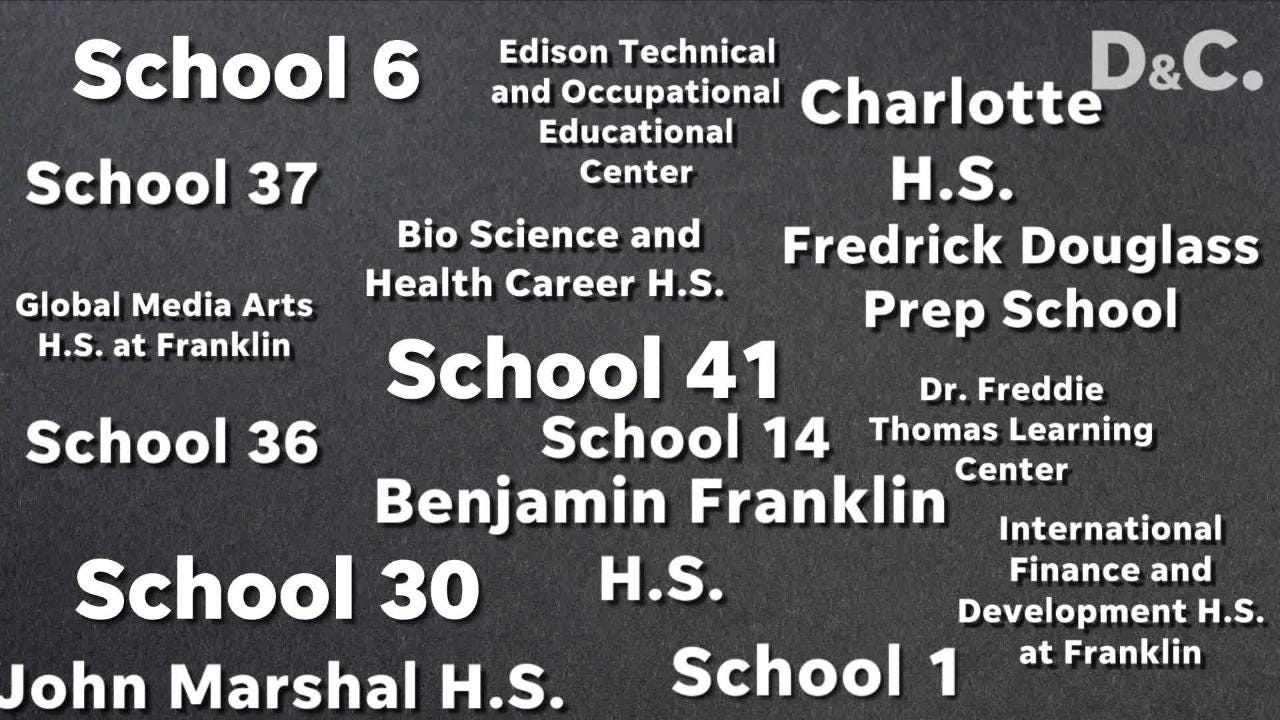Closing failing schools is a failing solution in Rochester

It has happened just about every June for well over a decade. Rochester has closed those schools that are deemed to be the worst of the worst.
Before these schools were sent to the graveyard, however, they were granted tens of millions in federal and state tax dollars for attempts at resuscitation. When that failed, tens of millions more were spent to help replace the schools after they were gone.
More: Mandated school closings appear like forceful action, but have not produced results
More: How to close and reopen a Rochester school
Federal and state leaders have demanded this costly endeavor as a solution to our public education crisis. Local school officials have complied, generating thousands of pages of planning documents, quarterly reports and budget sheets to prove it. They have shuffled principals, teachers, counselors, social workers and other staff from building to building. They have contracted with dozens of consultants, businesses, colleges and area nonprofit organizations for support.
None of this has made our city school district better.
This is not a solution at all. Yet, making just a few tweaks here and there, federal, state and local politicians and education leaders continue to do the same thing. It is time to stop.
A glaring lack of accountability
To be fair, our lack of success mirrors that of communities across America. The U.S. Department of Education has passed more than $7 billion to states in the form of School Improvement Grants (SIG) to pay for these efforts. Last year, the department released an exhaustive study that “found no evidence that SIG-funded models affected student outcomes.”
Like all dysfunctional systems, there is no clear line of accountability for this extraordinary failure in public education. While the New York State Education Department can order school closings and approve school opening plans, it is almost powerless when a new school proves to be as bad as – or worse than -- the one before. School boards reasonably argue the state does not give them enough time to do a good job opening new schools, thus setting them up to fail. Districts note collective bargaining agreements with unions, a shortage of qualified teachers and other issues prevent them from fully implementing their plans.
Winners and losers in this charade
With this lack of accountability, no one is taking responsibility for making bold changes either. And, there is little incentive for those in charge to do so.
Politicians such as Gov. Andrew Cuomo, who demanded a “death penalty for failing schools” in 2013, look like they are taking a strong stance on education reform. So far, voters have not held our elected leaders in all levels of government accountable for ongoing failure after the lethal act is taken.
Most of the SIG money that pours into Rochester keeps people gainfully employed -- and paying union dues. It boosts local businesses and nonprofits, some of which might cease to exist without it.
Undoubtedly, some students have been temporarily helped by the extra resources and attention paid to their failing schools. But, the end results are the same. After 16 years, this is not just a huge waste of time and tax dollars. We are wasting the lives of our children, and not doing a damn thing about it.
As Erica Bryant begins examining potential solutions for the D&C's Time to Educate series, our political and education leaders should be doing the same.
Learn more about the Democrat and Chronicle's Time to Educate series here.